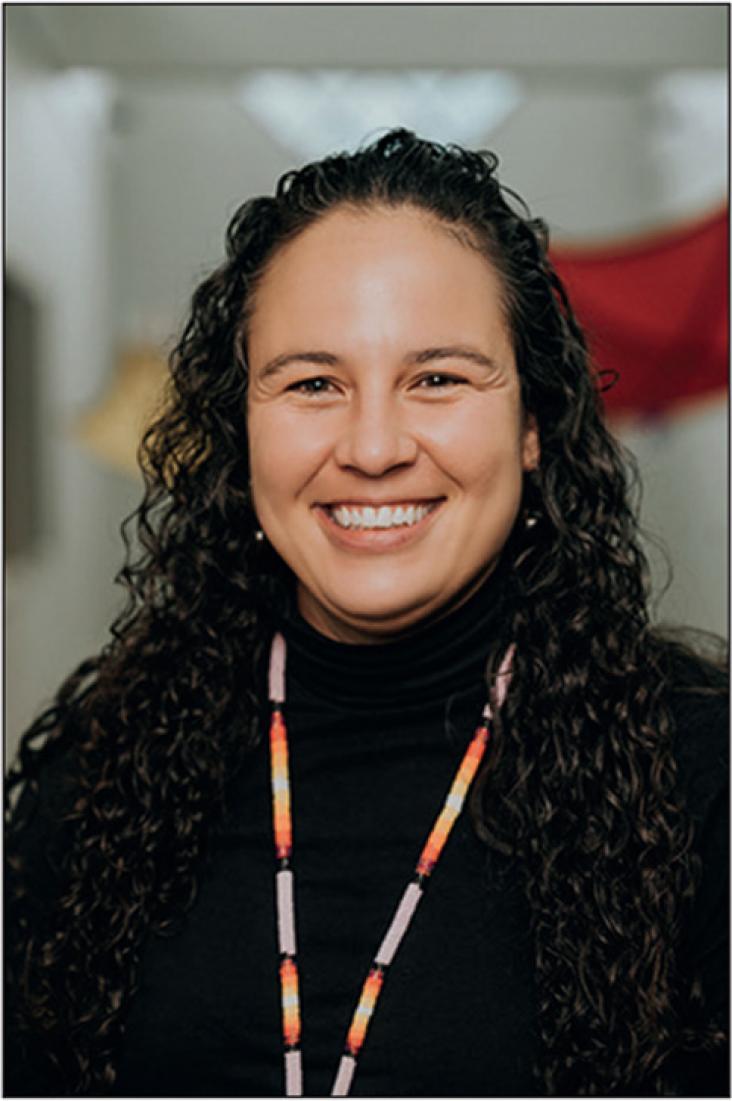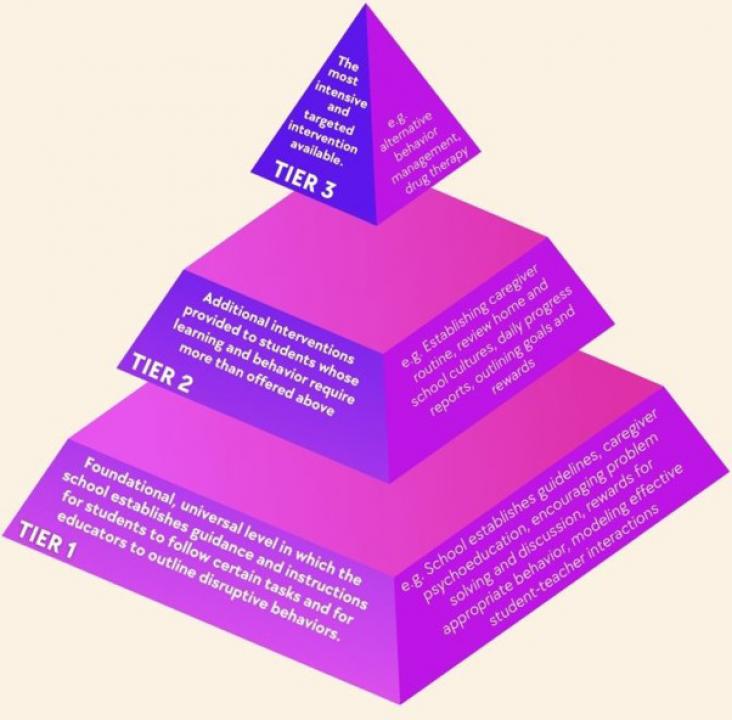This content aligns with Goal 3: Good Health and Wellbeing and Goal 10: Reduced Inequalities by providing easy access to the declarations and conventions of the United Nations (UN), the European Union (EU), and other international organizations and institutions.
This chapter aligns with SDG Goal 5: Gender equality and Goal 10: Reduced inequalities by highlighting the frequency with which women are misdiagnosed and considering how sex and gender can better be implemented in healthcare research.

Shaquita Bell, who is both Black and Indigenous, recently became the 33rd Native-identifying full professor of medicine in the USA. Bell's work questions the idea of race as a driver of health outcomes, and aims to improve understanding of race as a social rather than a biological construct.
Elsevier,
Translational Surgery
Handbook for Designing and Conducting Clinical and Translational Research
2023, Pages 591-597

The extensive history of abuse and ongoing mistreatment of Black Americans continues to foster apprehension and distrust of healthcare providers. This has resulted in substantial barriers for modern healthcare to appropriately address the needs of Black patients. These concerns have been visibly manifested during the COVID-19 pandemic. This article supports WHO SDG 3 Good Health and Wellbeing and SDG10 Reduced Inequalities.
Elsevier,
Multi-Hazard Vulnerability and Resilience Building: Cross Cutting Issues, 2023, Pages 127-143
This chapter advances the UN SDG goals 11 and 10 by developing a practical philosophy that elaborates elements from the Indigenous knowledge system for hybrid epistemologies from which actions can be developed for disaster risk reduction.
Elsevier,
Multi-Hazard Vulnerability and Resilience Building: Cross Cutting Issues, 2023, Pages 347-361
This chapter advances the UN SDG goals 11 and 10 by contextualizing how the integration of indigenous practice and scientific knowledge of DRR can support development organizations and policymakers in planning effective and practical activities to mitigate and manage disaster risk in indigenous communities. This conceptual article argues that indigenous knowledge can assist in becoming more aware of disaster risks, implementing a successful local disaster management plan, and conducting scientific research and training.
A roadmap for health care leaders to execute intrinsic agency toward equity, supporting SDGs 3 and 10.
There are undeniable historic and contemporary hardships faced by Indigenous Peoples regarding access to medical treatments, research opportunities, clinical trial participation, and careers. The goal of the PNOC/CBTN DEI working group is to bring such inequities to our pediatric neuro-oncology community and beyond and start to develop and collaborate towards solutions.
Digital health programs are urgently needed to accelerate the adoption of Artificial Intelligence and Clinical Decision Support Systems (AI-CDSS) in clinical settings. However, such programs are still lacking for undergraduate medical students, and new approaches are required to prepare them for the arrival of new and unknown technologies.
